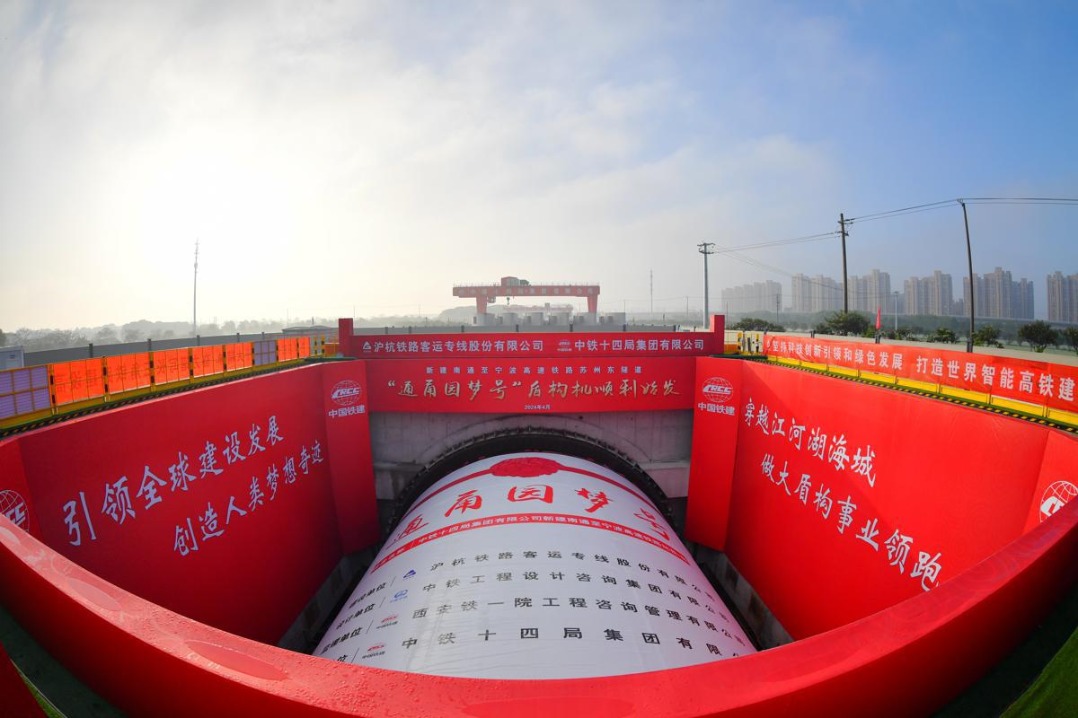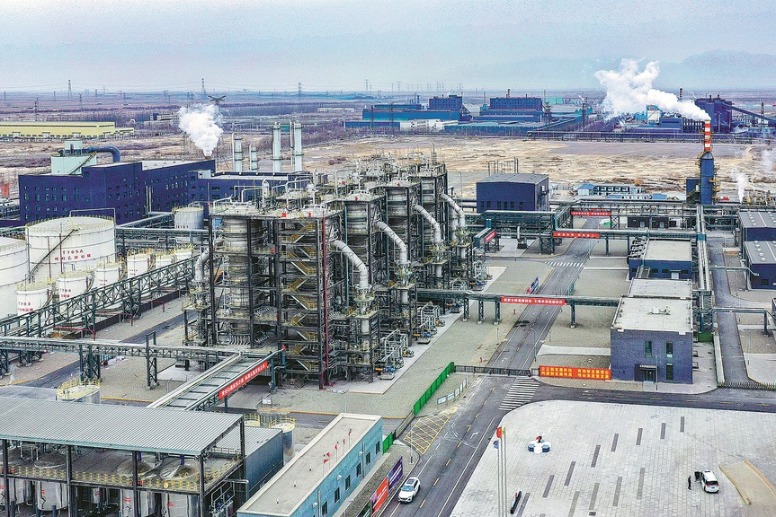Official: Ecology of nation is 'grim', despite progress


Report calls for tougher penalties, says update of 1994 rules badly needed
China's top environmental authority has called for an update to the country's laws and regulations on the conservation of natural reserves after an intensive law enforcement effort uncovered lingering environmental violations in protected areas.
China has seen continuous improvement in its natural environment, with fewer areas plagued by pollution and other degradation. Even so, dramatic harm has been done in some areas because of mining, development and the expansion of urban and farming areas, according to a report on changes in the nation's ecological status.
"The ecological environment in the country remains fragile. The situation for the ecology is still grim. The conflicts between conservation and development are as serious as ever," according to the report, which was released on Saturday by the Ministry of Ecology and Environment.
Environmental violations have been found in some of the country's natural reserves even after the central authorities seriously investigated the irregularities in Gansu Qilianshan National Nature Reserve and severely punished those held accountable, said Cui Shuhong, head of nature and ecology conservation at the ministry, during a news conference on Saturday.
In 2017, an inspection team from the central government found a number of irregularities in the Qilianshan reserve in Gansu province, including over-exploitation of mineral resources, illegal construction and operation of hydropower facilities and excessive emissions by local enterprises. More than 100 officials, including three at vice-ministerial level, have been held accountable for the violations. Some of them were removed from their posts.
Cui said about 900 government officials have been held accountable and more than 1,800 companies have been shut down so far this year in a law enforcement campaign focused on natural reserves. Meanwhile, illegal structures having a total floor area of 19 million square meters have been demolished.
Some local authorities fail to attach enough importance to the conservation of nature, Cui said, adding that some officials have given a green light to developments that invade protected areas even though they knew such development was illegal, he said.
"Officers have found in their inspections that the illegal activities in some of the reserves stopped during their visits. When they made surprise visits later to these reserves, however, they found the activities going ahead at full steam," he said.
Cui attributed the ongoing violations to incomplete laws and regulations. The regulation covering the conservation of natural reserves in China was drafted in 1994. The maximum fine for violations in the reserve stands at 10,000 yuan ($1,500).
"The punishment is light and the cost for violations is low," he said, adding that the penalties fail to warn the violators effectively.
According to the ministry, the country is drawing "red lines" around key ecological zones with fragile environments for protection. The red lines will enclose most natural reserves and some areas that are important for biodiversity. It said 15 provincial regions have released detailed lines and plans.
Red lines are geographical boundaries that must not be crossed.
Currently, about 10 to 15 percent of lands containing key ecological systems or protected species are not listed as protected areas. The red lines will enclose such unprotected areas. This will help a lot in curbing ecological degradation and safeguard the ecology, said Gao Jixi, director of the Nanjing Institute of Environmental Sciences.
- PBOC former vice-governor pleads guilty for bribery
- Shenzhou XVI crew members awarded for explorations
- China awards medals to Shenzhou-16 astronauts
- Hohhot embraces new productivity in high-standard farmland development
- Chinese scientists identify how neurons in mammals encode time
- Panda fossil site discovered in Asia's longest cave in SW China's Guizhou





































